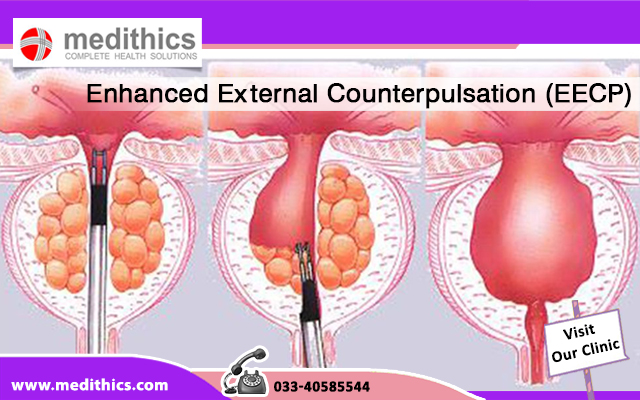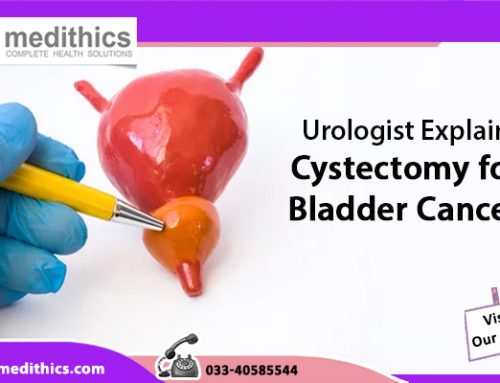You may suffer from a number of urinary related issues if your prostate gets enlarged. The doctor uses both operational instruments and visual assistance to perform the surgery in this procedure. Through the tip of the penis, the doctor inserts an instrument called resectoscope in TURP procedure. It helps in getting easy access to the prostate that surrounds the urethra.
In transurethral resection of prostate (TURP), the doctor cuts away a portion of the prostate. In between the bladder and penis, the prostate, which is a small gland, is located. There is pressure on the urethra and the bladder when the prostate gets enlarged. This leads to the blockage of the normal urine flow.
The urology doctors in Kolkata prefer the use of TURP procedure for treating problems with urinating, urge to urinate, weak passing of urine, strain in the passing of urine, frequent urge to urinate, feeling of a full bladder, etc. These problems develop due to an enlarged prostate. This also helps in resolving the complications that arise from blocked urine. The complications include recurring urinary tract infections, blood in urine, kidney or bladder damage, etc.
Before the treatment
The doctor will ask you to stop taking any blood thinners and aspirins if you are taking them. He/she will suggest you take some antibiotics so that there is minimal urinary tract infection during and after the TURP surgery. There will be several physical and other related tests to ensure your health is good and all your organs are functioning properly. From the previous midnight to the day of the surgery, do not eat or drink anything.
The procedure
The duration of this surgery is about 60-90 minutes to perform. You will go to sleep under the effect of general anaesthesia. You may also be given spinal anaesthesia so that you stay conscious, but feel no pain during the surgery. The best urologist in Kolkata inserts a resectoscope, a thin metal tube with light and camera attached to it, and passes it through the urethra to reach the prostate. The doctor inserts a loop of wire through the resectoscope and heats it with electric current for the resection of the prostate tissues that are causing the symptoms. He/she places a thin tube called catheter during the procedure. It helps to pump fluid into the bladder for flushing away small pieces of the prostate. These are often left behind during the TURP procedure.
Recovery
You have to stay in the hospital for 1-2 days in the hospital after the TURP procedure. There will be a catheter in the bladder for 24-48 hours after the surgery to help the passing of urine. When you start urinating normally and the swelling subsides, the doctor removes the catheter. If you want fast recovery from TURP, listen to the advice of your urologist. You need to visit your doctor at regular intervals after the surgery for the evaluation of your progress and recovery.





